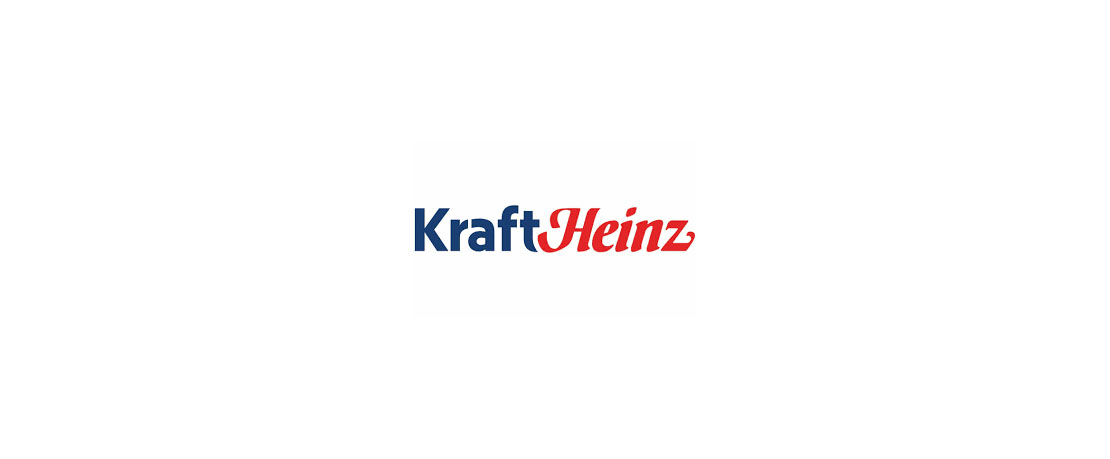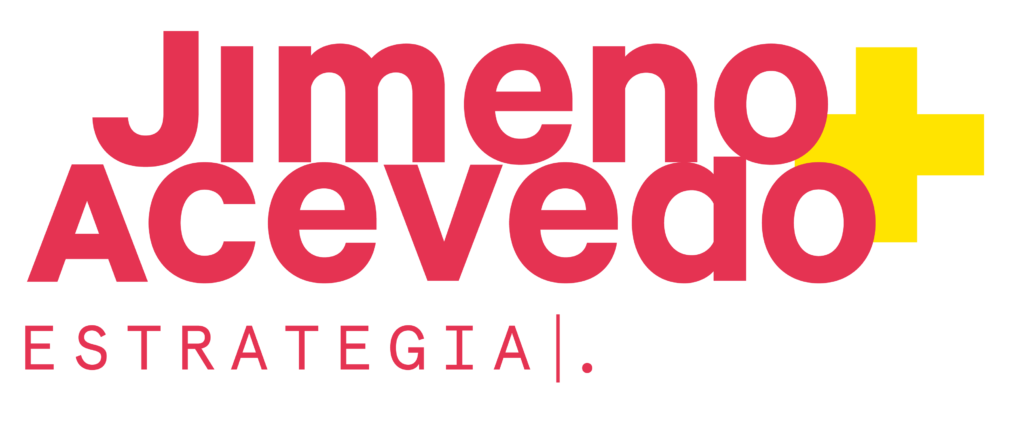
28 Feb The Missing Ingredient in Kraft Heinz’s Restructuring
El siguiente artículo fue escrito por Jhon P. Kotter y Gaurav Gupta, fue tomado de Harvard Business Review (https://hbr.org/2019/09/the-missing-ingredient-in-kraft-heinzs-restructuring?utm_medium=email&utm_source=newsletter_daily&utm_campaign=dailyalert_not_activesubs&referral=00563&deliveryName=DM50575) con fines informativos y no comerciales.
There has been a company restructuring recipe that has worked for decades. Buy a company, trim the fat, then reinvest to facilitate growth, and make lots of money. But sometimes this recipe doesn’t work — and the story of Kraft Heinz is a prime example. Earlier this year, the company suffered a massive loss in less than 24 hours — $4.3 billion, to be precise. And over a two-year period, the fiasco cost Berkshire Hathaway $20 billion, possibly its worst loss ever.
In 2015, Kraft met Heinz through a $63 billion mega-merger backed by Warren Buffett’s Berkshire Hathaway and Brazilian private equity firm 3G Capital. Zero-based budgeting was at the core of the management team’s effort to restructure the company by implementing large-scale cost improvements to boost profit margins and add value. Buffett publicly backedthe process, and Burger King had successfully implemented a similar strategy of cost cutting and mergers leading its parent company, Restaurant Brands International, to gains of 20% a year. Most people expected relatively smooth sailing.
Unfortunately, it was anything but smooth.
While investors were hungry for growth, 3G could not change the Kraft Heinz legacy brands quickly enough to meet consumer demand for healthier, fresher and, in some cases, cheaper private-label products. While Jell-O, Kool-Aid, and Velveeta were being stacked onto shelves, the tectonic plates of big-box food were shifting beneath Kraft Heinz’s feet, and they could not adapt fast enough. As Kraft Heinz focused on aggressive cost cutting, they significantly impaired their ability to innovate to keep up with the changing landscape. The accounting irregularities, resulting in an SEC investigation, are arguably an additional outcome of the intense cost focus.
Ultimately, leaders need to understand that the pace of change is accelerating everywhere, not just in packaged foods. In our view, Kraft Heinz’s experience shows dramatically that traditional methods of restructuring are increasingly risky. Any effort that slows down or curtails a company’s ability to innovate can lead to disastrous results.
When Restructuring Kills Innovation
Humans are biologically hardwired to respond to threats and opportunities, through two channels that trigger emotions, neurons, chemicals, and, ultimately, actions. We call these channels the Survive Channel and the Thrive Channel.
For most people, company restructuring initiatives represent a threat, triggering a strong “survive” response in the brain. Fear, uncertainty, and anger fuel distrust in management and narrow all focus to eliminating the threat — leaving no capacity for creative ideation. This “fight or flight” response is directed at protecting oneself, and any attention to the real business problems and opportunities for growth can disappear. In extreme cases, as with Kraft Heinz, an overheated Survive Channel can activate a “freeze” response, fueled by feelings of despair and hopelessness — neither of which remotely fosters innovation and growth.
By contrast, the Thrive Channel is associated with opportunity-seeking and expansive thinking, which is the exact mindset that leads to innovation, creativity, and capitalizing on new opportunities. While both channels can be powerful, when Survive gets overheated, the noise and disruption it creates tend to overwhelm Thrive.
When you eventually stop aggressive cost-cutting, anxiety, fear, and anger dissipate with time, and individual productivity improves. New opportunities activate Thrive and, if you are good, you innovate and grow. But that’s the catch. Returning to a balance between eliminating threats and seeking opportunities takes time and, increasingly, you do not have the time.
Calming the Overheated Survive Channel
So how can you calm a raging Survive Channel while going through a restructuring?
Ambiguity is the greatest source of anxiety, and when management doesn’t fill in the gaps for people during a time of change, employees will do so themselves. It’s human nature, and leaders would be remiss to ignore this truth.
“Why is this happening?” “What exactly is happening?” and “What does this mean for me?” — these are three (of many) questions that might arise in employees’ minds during a restructuring effort. Without transparency and clarity from leadership, self-generated answers can create an even greater cloud of uncertainty and confusion, further amplifying the Survive Channel.
It’s up to leaders to articulate what is happening and why. This often comes down to helping people zoom out to see the picture in a bigger frame. For Kraft Heinz, that could mean focusing on the need to cut costs as a necessary step to evolving as a company, having resources for innovating to excite customers, and staying ahead of the competition.
Any big change is likely to inspire big feelings. When left bottled up, those feelings can magnify in intensity. Giving employees healthy outlets to express their fears, frustrations, and questions can help manage and channel those emotions in productive ways. Ensuring managers create opportunities for front line employees to share these feelings can go a long way in reducing anxiety.
Communication must extend well beyond mass emails and corporate-speak. The best leaders are visible and available, relate deeply to the opportunities, and embody the vision they have for the organization. This vision seeps out through daily conversations leaders have with employees about the reasons for restructuring, the process of making decisions, and the challenges and opportunities ahead. From those discussions, employees gain a better understanding of the change and how they, as individuals, fit into the future. While it will not eliminate anxiety, when combined with a sense of fairness, generosity, consistency, reliability, and sincere concern for employees, it can calm an overheated Survive Channel.
Activating the Thrive Channel
Activating Thrive means filling an organization with much more focus on opportunities — no matter how daunting the challenges may seem — and cultivating a culture filled with positive emotions like passion, pride, happiness, and a sense of camaraderie. In this environment, activity and communication from leaders and managers touch employees’ hearts, not just their minds. Their words inspire people to want to engage, not just have to do their jobs.
Inviting employees, no matter their title or rank, to participate in a restructuring initiative can shift the whole tone of a transformation. The change is no longer a scary event happening to employees, but rather a journey that employees are a part of. One way to invite people to participate is by asking them how they see their responsibilities shifting, rather than telling them how their role will change. Another way is to involve groups of employees in helping to make decisions about when and how people get moved out of the organization — which has the added advantage of enabling better decisions.
Empowering each person to contribute, even in small ways, to the restructuring from the very beginning can build trust and trigger a Thrive mindset. You don’t see this very often, but it does happen. In 2012, the publishing houses Penguin and Random House initiated a merger. According to CEO Markus Dohle, the seamless merger can be attributed in part to “doing it our way” and the fact that they “designed and implemented the merger together as a team.” This merger was nothing like so many of their previous acquisitions, with a much greater focus on opportunities, involving employees, and deliberately creating small and innovative successes — all of which activate Thrive. The net result: smoother and faster integration.
The pace of change is rewriting the rules of restructuring. As seen through Kraft Heinz, companies across industries need an approach that calms Survive and activates Thrive, minimizing disruption, and allowing an organization to innovate swiftly, grow, and focus on the future. All who ignore these realities are risking more than they can imagine.


Sorry, the comment form is closed at this time.